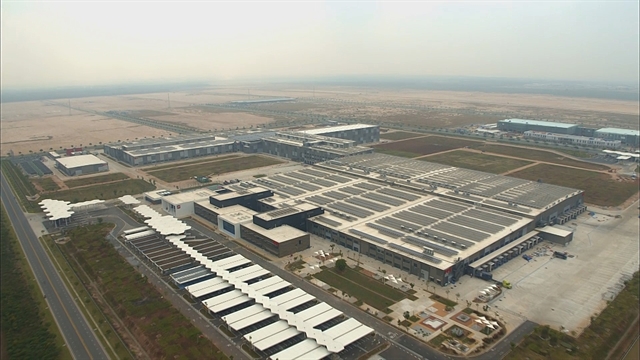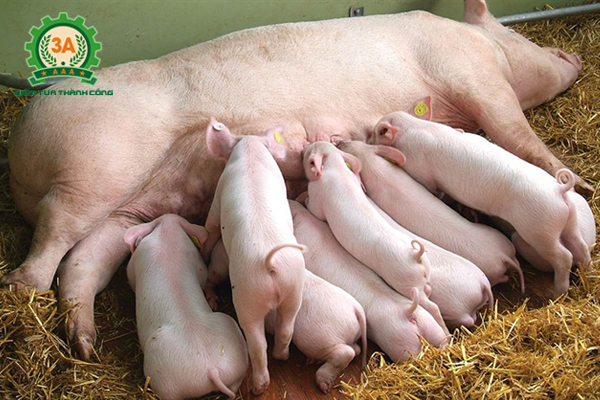

|
| The central bank is expected to grant higher limits for loan growth to banks that have adopted Basel II and maintain good financials this year. Photo cafef.vn |
HÀ NỘI — Credit institutions in Việt Nam settled more than VNĐ26.94 trillion (US$1.17 billion) of non-performing loans (NPLs) in the first quarter of this year.
The latest report released this week by the State Bank of Việt Nam (SBV) showed credit institutions handled nearly VNĐ1.077 quadrillion of NPLs from 2012 to the end of March this year.
With the recovery, the bad debt ratio of the whole banking system has remained under control at 1.77 per cent of the total outstanding loans by the end of the first quarter this year, meeting the Government’s target of keeping the rate below 3 per cent in 2020.
To continually boost the recovery of bad debts, SBV governor Lê Minh Hưng has asked credit institutions to review and provide detailed roadmaps and solutions for settling their bad debts each year until 2022.
Credit institutions have also been asked to look for buyers for the debts they sold to the Việt Nam Asset Management Company (VAMC), while the VAMC has been asked to speed up the handling of bad debts and collateral the company purchased following market-based mechanisms.
SBV has also issued regulations and policies in line with international practices to improve safety standards in banking, which has contributed to stronger governance and risk management capability under Basel II international banking standards.
In a recent report, Moody's Investors Service pointed out that downside risks to asset quality of Vietnamese banks can arise from disruptions caused by the COVID-19 pandemic, which, if prolonged, will lead to increases in non-performing loans in the manufacturing, trade and other sectors, given Việt Nam's large exposure and close ties to global supply chains.
According to the rating agency, as for profitability, the gap will widen between banks that have adopted the new Basel II capital standards and those that have not.
Moody's also expects that in 2020, the country's central bank will grant higher limits for loan growth to banks that have adopted Basel II and maintain good financials. The higher growth limits will translate into larger gains in earnings and widen the profitability gap between banks that have and have not adopted the new capital standard. — VNS



















